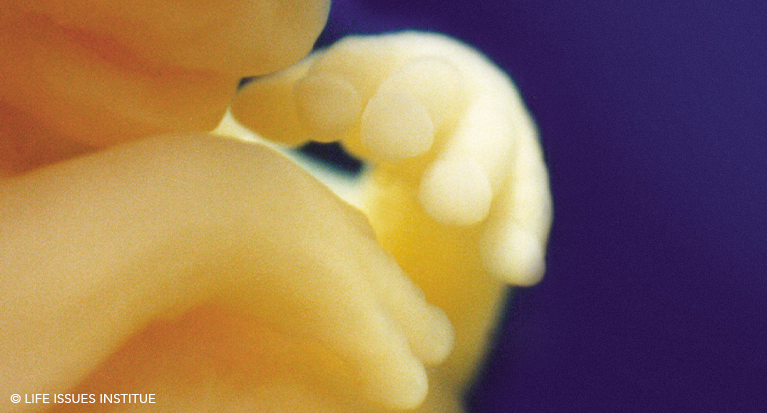After much anticipation, the International Society for Stem Cell Research (ISSCR) updated their guidelines on human embryo research limits. It’s worse than some speculated; instead, it’s a full-throated endorsement of “fetal farming.”
The ISSCR isn’t a government or legal body, but many stem cell researchers go along with these guidelines, and even entire governments.
In the beginning of human embryonic stem cell research, scientists needed a way to make believe that certain limits and guidelines were being enforced, and to get ahead of criticisms of a slippery slope. So, the ISSCR came up with a guideline that human embryos destined to be killed in science experiments must not be allowed to develop past 14 days post-fertilization. The beauty of this guideline (for them) was that growing a human embryo for longer than that wasn’t practical; they put the limit beyond what they could achieve.
Nice public relations trick, right? Compliant journalists took accusations of “fetal farming”—growing babies as science experiments—and depicted them as crazy by claiming, “See!?! Nobody is proposing that and it isn’t being done.”
Well, here we are today, two decades later. Now that the research is catching up to that 14-day limit and overtaking it, the scientists don’t ever want to be told their experiments are immoral. So, it was time for the ISSCR to increase the limit. They strategically waited until President Donald Trump left office—even bragging to the press about this strategy.
The original guideline served its purpose. The public became habituated to taking a massive number of human lives. Scientists justified it through the guidelines, claiming the babies were not very developed, and killing them would help us obtain cures for every disease you can imagine. These cures never happened—not even once. Who could take these people seriously after giving false hope to dying people? However, once again, a complaint media can be counted on to spin up a new round of hype for cures and miraculous discoveries to once again continue sliding down the slippery slope.
How far are we sliding this time? The ISSCR has removed all limits, leaving it up to the individual researcher and “oversight committees” to decide on a “case by case” basis. So, in other words, it is a wild west of Frankensteinian research on babies in petri dishes—or artificial wombs if we ever get there. Conceivably there is no limit at all if they had the ability to gestate the child indefinitely, performing vivisection on them whenever they see fit.
Here is how they word their new recommendation: “Given advancements in human embryo culture, and the potential for such research to yield beneficial knowledge that promotes human health and well-being, the ISSCR calls for national academies of science, academic societies, funders, and regulators to lead public conversations touching on the scientific significance as well as the societal and ethical issues raised by allowing such research. Should broad public support be achieved within a jurisdiction, and if local policies and regulations permit, a specialized scientific and ethical oversight process could weigh whether the scientific objectives necessitate and justify the time in culture beyond 14 days, ensuring that only a minimal number of embryos are used to achieve the research objectives.”
This new guidance is so broad you could drive a truck through it. Basically, if nobody complains loudly enough, researchers can do whatever they want to a developing child.
Other guidelines they haven’t removed yet frown on implanting human beings created from stem cells, or who have been cloned, or who have been genetically-modified. So, researchers can create human life in any way they see fit; they just have to be sure they kill their research subjects at some point.
Their guidelines allow “chimeras”—human-animal hybrids—as long as they don’t allow the chimeras to mate or be implanted into a human or ape womb—for now.
And that’s the key to all this: “for now.” The truth is that there are no bright moral lines these scientists won’t cross. They will keep holding out the carrot of miracle cures and violating every previous moral line they pretended to draw until people and their elected officials tell them to stop. We believe there is a bright line: don’t kill human beings. They don’t believe human life has value beyond a cold utilitarian calculus; if they did, they would articulate a bright moral line they would never cross—they haven’t, because they have no such line.
Where will it end?
Michigan is a curious case. To stave off arguments about the slippery slope, stem cell researchers wrote the 14-day limit into their 2008 amendment to the Michigan Constitution to allow killing human embryos for research. How long until these same researchers who pretended they had moral reservations come back demanding a change to their own stem cell amendment in our Michigan Constitution—with more empty promises of CURES CURES CURES?
